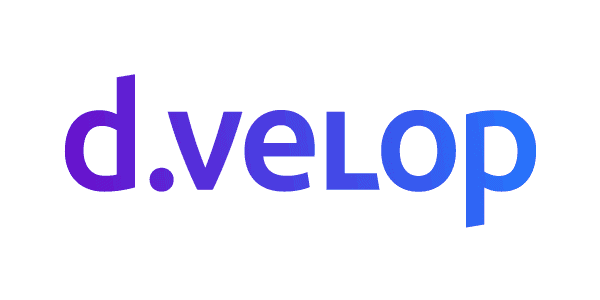Today I was a panel member at the Business Decision Maker Expert
panel today, at the European SharePoint Conference in Berlin.
I was quite honoured to be on that panel with some very clever
people; Michael Herman, Dan Holme (@danholme), Agnes
Molnar(@molnaragnes), Radi Atanassov(@radiattanassov) and Geoff
Evelyn(@geoffeve). During the discussions we got into strategies to
fuel the SharePoint Adoption process, which is one of the biggest issues
companies are facing with SharePoint.
Even if technology is providing the company with capabilities
that it never had before, value is not realized before users start
to embrase these capabilities – correctly – in regards to the job
each individual is doing. People are generally not interested in
any kind of change, unlsess the change will help them do their job
better, faster or easier – and very importantly – they need to feel
this themselves!
Most companies will have SharePoint presented as a very
functional and strong platform, on which the company can run close
to everything that has a webinterface – and even a few things that
do not. Think of the infamous “SharePoint Wheel” and it’s six (6)
major functional areas – all included in the same peice of
software. SharePoint provides an extraordinary set of capabilities.
But no matter how much you try, you will only succeed implementing
(given that we can agree on that a successful SharePoint Adoption
includes that adoption goals are met) the functionality that people
REALLY need (or think that they need).
This is why my first rule in the “Rulebook for
SharePoint adoption” is to “Forget about
SharePoint”.
Yes – I know that this is a provocative statement for some
people. So let me explain exactly what the purpose of this rule is.
It is really quite simple.
It’s about communication…
As a major part of your adoption stategy, you will be doing
Communication Planning; You will define different
audiences that you need to communicate – and in some cases market –
your project and solution to. In many companies I work with, this
type of communication is built on the capabilities of SharePoint.
This just may be a big mistake!
When you – as a platform owner of SharePoint and a responsible
manager of the funds provided to you to implement SharePoint – are
telling your audiences about all the good things SharePoint can do,
YOU ARE DOING YOUR JOB. But the people listening to you – are not!
Most of them REALLY do not need to know about workflow,
collaboration and document versioning. Depending on their job, they
have completely different things on their mind. Things that are
pains or big obsticles for their succes, individually. And if you
want to help them, you will need to forget about the SharePoint
wheel and limit your communication to exactly the solution that
solves the biggest and most visible pain, for the largest amount of
users.
“Strategic” naming…
implementation” – or anything else with the SharePoint name in it.
SharePoint is an incredibly strong brand – so strong that it may
bite you in the neck, if you use is. Why? Let me tell you about
“Michael”, the QA Manager at a manufacturing company I work with.
(Michael is – by the way – not a real person…)
Michael is looking for a system to support the management of
non-conformity incidents in production lines. The it department
looks at the requirements presented to them and decides that this
is a very good fit for SharePoint. Since the company already have
SharePoint 2010 in production, there is a lot of sence to this
decision. So they go back to Michael and tell him about building
dynamic forms in InfoPath, getting production data from the LOB
apps via BCS and how SharePoint has workflow capabilities that can
be used for building his system.
So after the meeting, Michael returns to his desk and Google’s
this new thing he just heard about; “Sharepoint”. And what does he
learn? Go to the
SharePoint page on Wikipedia yourself and check it out… Yes –
He gets the “SharePoint Wheel” and a loooong article about internet
facing websites, intranets, document and records management, etc.
All good stuff – but not the things Michael need to get his job
done. So his conclusion is obviously, that maybe this SharePoint
thing is not what he needs, and the it guys must have misunderstood
his request. Next thing, he makes another search – this time for
“Quality Management system” and finds a small proprietary
websolution that “speaks his language”.
So – when you know SharePoint, and understand the resources and
funds a company have invested in getting the capabilities
SharePoint provides, you also understand that situations – like
this one – will not help you drive adoption and eventually value
form SharePoint. Even if SharePoint is the obvious choice, you will
– almost always – be more succesful with removing “SharePoint” from
the discussion. It may be a hard one to accept – but give it a try
and you will start to see a different dialogue with users and a
better foundation to drive adoption of your SharePoint service.
By the way… This is – in essense – what “Solution Selling” is
all about. Some people might tell you that SharePoint is a solution
– dont belive them! SharePoint is a platform – and a very strong
one – for building a wide array of solutions. And your people want
solutions. They dont “want” SharePoint – even though they really
need it.











